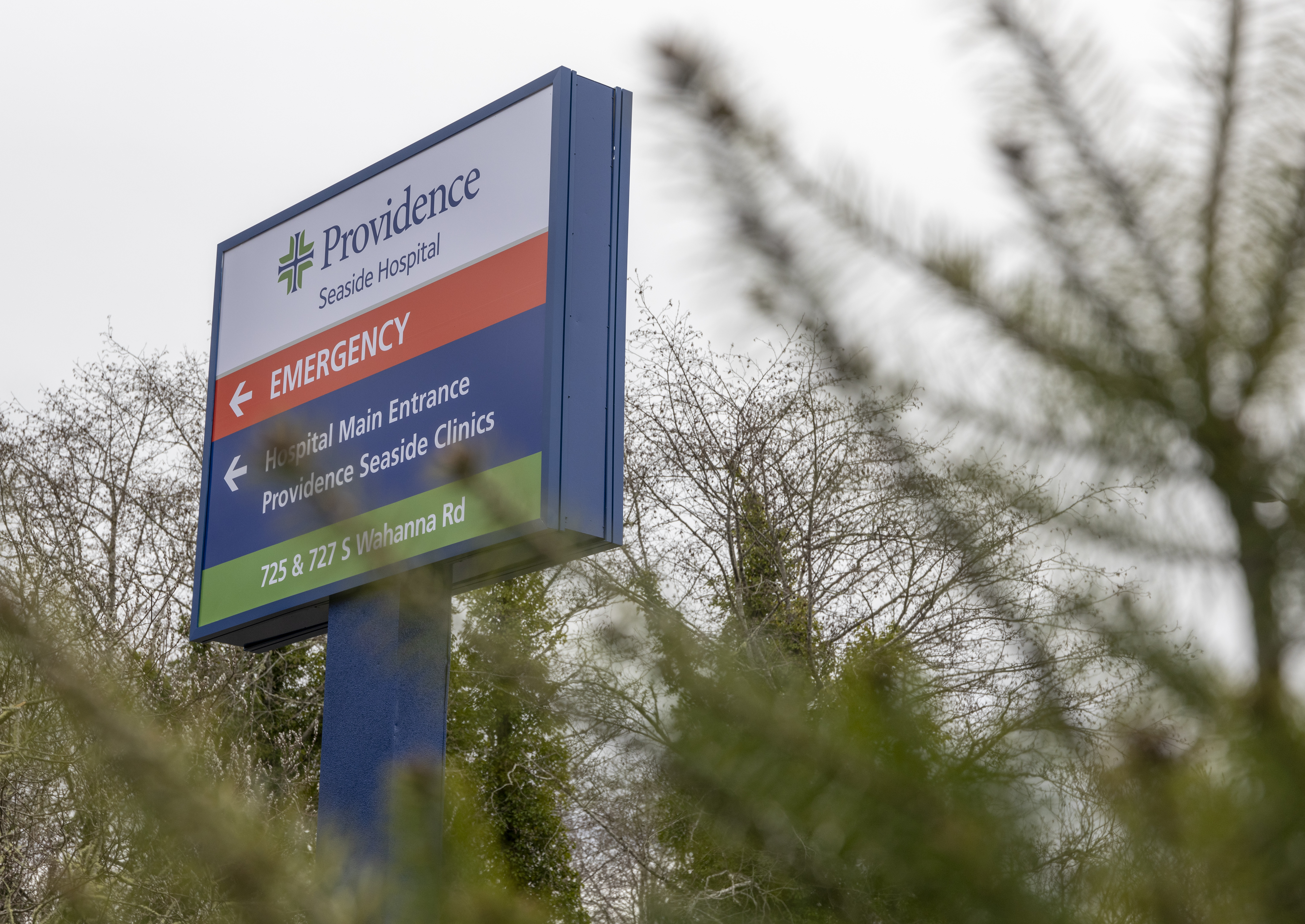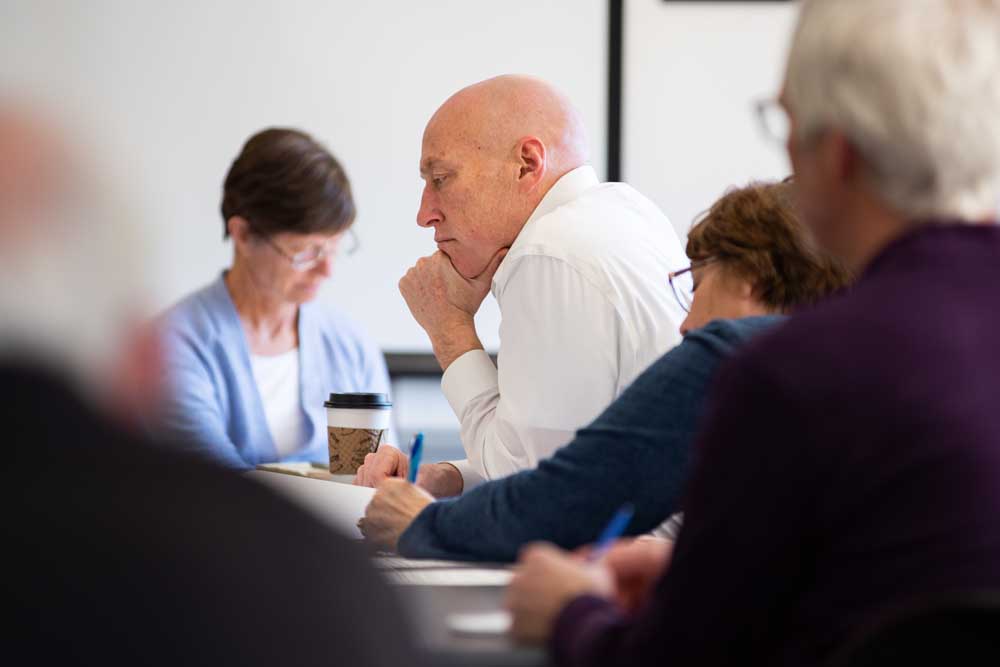Cannon Beach plans to replace tsunami warning system
Published 4:00 pm Wednesday, January 15, 2025

- “Mooing” sirens have warned against tsunamis in Cannon Beach since the 1980s.
CANNON BEACH — The city is making progress in replacing its broken tsunami warning system, city staff told the City Council Tuesday.
Trending
In mid-December, the city posted an alert on its website stating that the Coastal Outside Warning System — or COWS — was not operational. City Manager Bruce St. Denis said the system, which was installed in the mid-1990s, had been malfunctioning for as long as a year.
In January 2022, the Cannon Beach Rural Fire District transferred the warning system to the city, citing challenges with keeping the system running.
“Since that point, time and resources have been spent on trying to keep the system operational,” St. Denis said.
Trending
So far, $86,967 has been spent attempting to fix the system, which consists of five sets of horns in the city and two sets of horns in Arch Cape.
Several components at each siren location have been fixed or replaced over the years by telecommunications contractors CTC Mass Notification and Day Wireless, but the system was not able to reach full operational status.
Now, the city is focused on a complete replacement of the warning system, and has been working with three vendors to get bids to replace the entire system, although St. Denis said two stand out due to their capability to send a broadcast message remotely, which could save time in an emergency.
Additionally, Andrew Murray, the city’s emergency manager, said he planned to submit an application for a competitive Federal Emergency Management Agency grant that would help fund the COWS renovation.
Because the grant process is expected to be competitive, there’s no guarantee that the city will receive the FEMA money. And as the April application deadline could delay the project, city staff indicated a preference for continuing to work with the vendors.
At the Feb. 4 City Council meeting, staff will recommend a vendor.
Murray said that once a vendor is selected, delivery of the equipment would take three to four weeks and installation would require one to three months.
“So once we select the firm, within the next six months, at the very most, it’d be completely done and operational,” he said.
Councilors also discussed ways to notify residents of the status of COWS, with some suggesting sending out a notification along with utility bills or using social media.
“Just a little communication alert for everyone — make sure that if you have neighbors that don’t know, that you help spread the word that COWS is not functioning right now, but it will be coming to your neighborhood soon,” said Mayor Barb Knop. “We can all help each other out for communication.”









